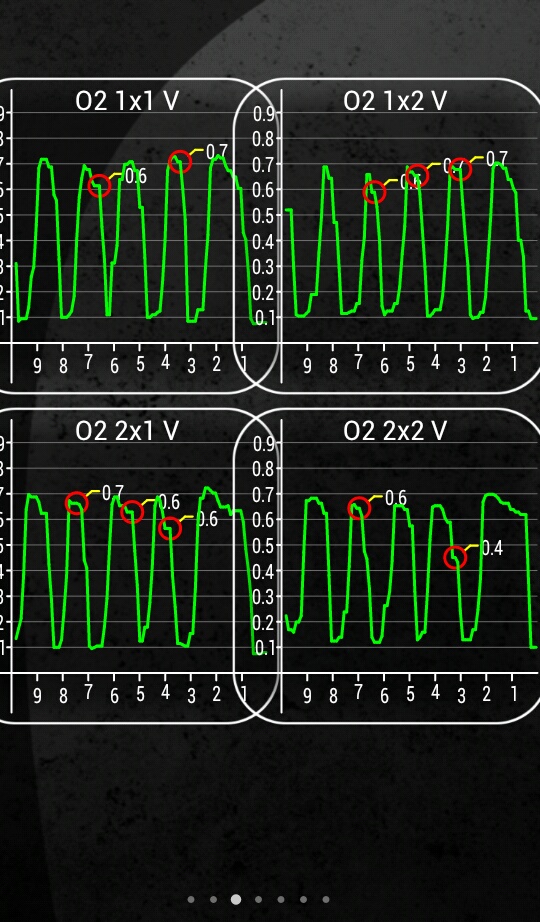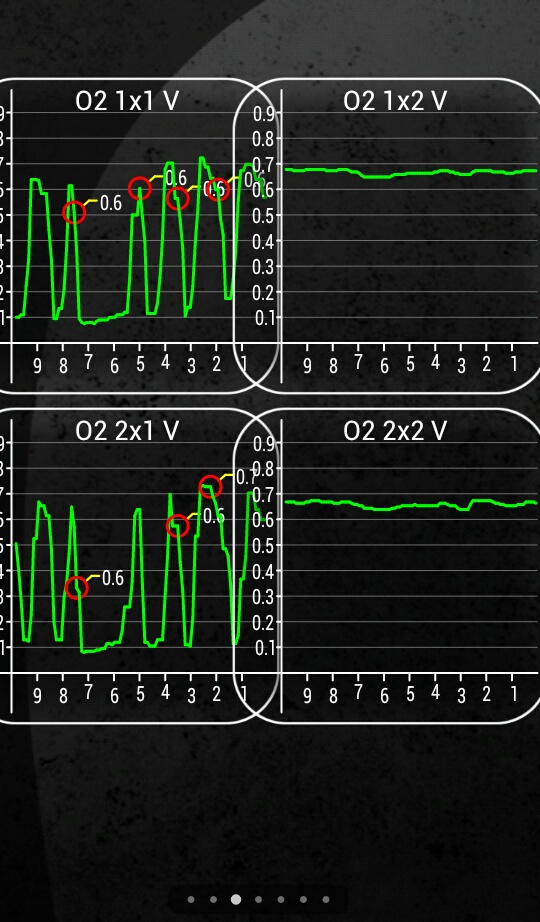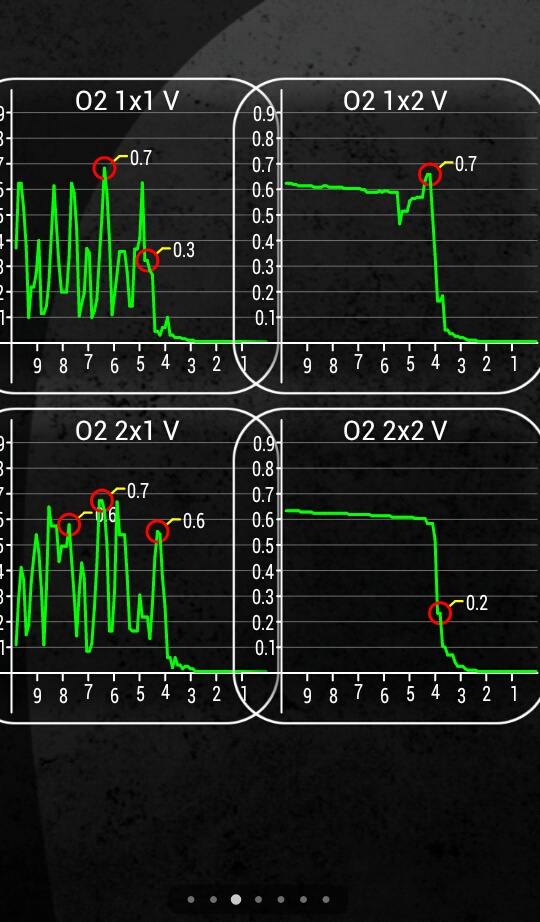@crok
The ECU runs all kinds of test on operations of the various systems it monitors and controls – some continuously and some periodically. The results of many of them are kept by the ECU and reported when Torque requests through Mode or Torque Scan. I do not know (and doubt anyone does) just which tests are ran instantly when you tap “Test Results” Scan!. But certainly not all of them — (ie: Evap Monitor.)
Your TID and CID are blank (probably dollar/sgn 02 & 01) but this equates to a specific “TEST”, not a specific sensor. (in this case the system being tested for efficiency includes the pre-cat O2-1, the Cat, and the post-cat O2-2).
The ECU can determine “catalyst efficiency” by adjusting richness ( + – fuel trim) of the mixture (as sensed by O2-1) and see if the post-cat O2-2 reading is within spec. Likewise, by switching from rich to artificially lean – the ECU can determine “how long” it takes for O2-2 to realize (register) the change (drop to the proper voltage constant), or whether it EVER REGISTERS it – and sets a P0420 code. (ie: if the Cat is bad or O2-2 takes too ling to register “rich to lean” transition, the test fails).
In your case the TEST result was 8,333. It says the Max should be 5,000. I do not know what the units are (millisec’s / microsec’s or millivolts or what), but it says 8333 > 5000 = Fail. In my humble opinion, its probably a “lazy” O2-2 sensor. Your vehicle is a 2002. No indication of mileage or if O2’s have ever been replaced.
I know their ability to react does deteriorate with age and other factors. And the ENTIRE OBDII system is based on them producing .45 volts at a perfect fuel/air ratio of 14.7 to 1. Will their calibration drift with age?? Personally, I believe it does drift toward lean – causing the ECU to adjust mixture richer (hurting your mileage). And I believe in replacing O2 sensors as a preventive maintenance. See the article at:
http://www.obdii.com/articles/Replacing_Oxygen_Sensors_Preventive_Maintenance.html
You posted some voltage readings, but graphs or waveforms are much more meaningful. You can set up a Torque screen to display graphs gauges for pre-cat and post-cat O2 sensors together. Monitor their signals under different conditions to help determine what they are doing.
On cold start, after the ECU goes into “closed loop”, – you should see O2-1 cycle above-below .45v. Before the CAT “Fires” (gets hot enough to sustain constant chemical reaction efficiently) the O2-2 signal will track the pre-Cat O2. (This condition also helps the ECU determine if “soak time” was sufficient to determine a new “drive cycle”.)
These graphs are from NEW O2’s on my ’04 F150 5.4L Triton, original CATS w/ 201K miles.
Cold start after closed loop……

These graphs are while gentle cruising……

These graphs are at time of deceleration…..

The bottom line: If your CAT doesn’t rattle when you “bump” it (cold of course), I would definitely go for new O2 first if it is a 10 year old 100,000+ mile car.
Hope this helps.
|

 Author
Author
 Rich to Lean sensor threshold voltage(constant) fails - P0420?
Rich to Lean sensor threshold voltage(constant) fails - P0420?




